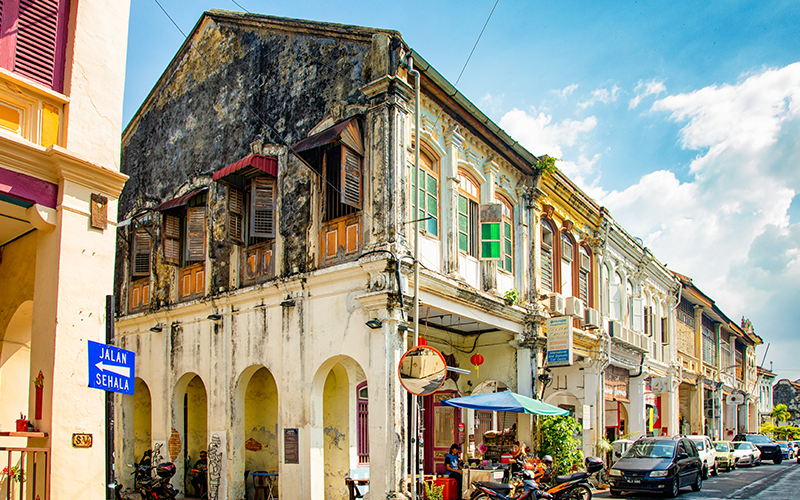In the rush to modernise, Malaysia has witnessed the quiet disappearance of heritage buildings, lost to concrete, glass, and steel. Across Southeast Asia, this pattern repeats itself—centuries-old structures replaced by shopping malls and high-rise condos. In Malaysia, cities like Kuala Lumpur, George Town, and Malacca stand at the crossroads of heritage and progress. Their streets tell stories not just of the past, but of the choices we make today.
Balancing heritage conservation with urban development is no simple task. With rapid urbanisation, the pressure to build upwards and outwards often overshadows the value of conserving the past. Yet heritage is not merely about old buildings—it is about identity, memory, and meaning, which are the essence of a rich quality of urban life.




